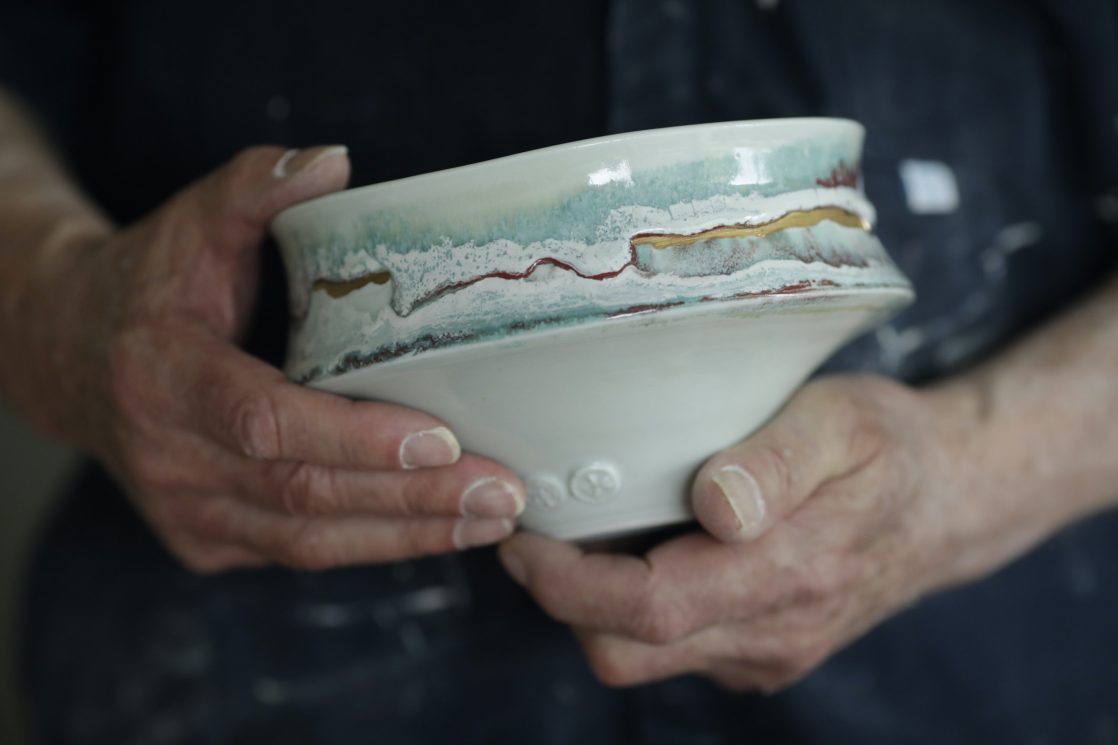Welcome to Ceramic Review
Ceramic Review is the magazine for contemporary and historical ceramics, ceramic art and pottery.
Ceramic Review Issue 334
July/August 2025
Ceramic Review is the magazine for contemporary and historical ceramics, ceramic art and pottery.
July/August 2025
The potter takes us through the processes and techniques he uses to throw, alter and glaze his coastal-inspired pieces
Despite expressing a general interest in art, I was ‘encouraged’ in school to pursue a career in science. Such was the careers advice in my North Devon grammar school in those days. So, as I had quite a few qualifications already, and being young and foolish, I followed the master’s ‘advice’ and applied for university courses in science. I took an honours degree in zoology
and ended up with some postgraduate qualifications and an interesting but modest job in marine ecology research.
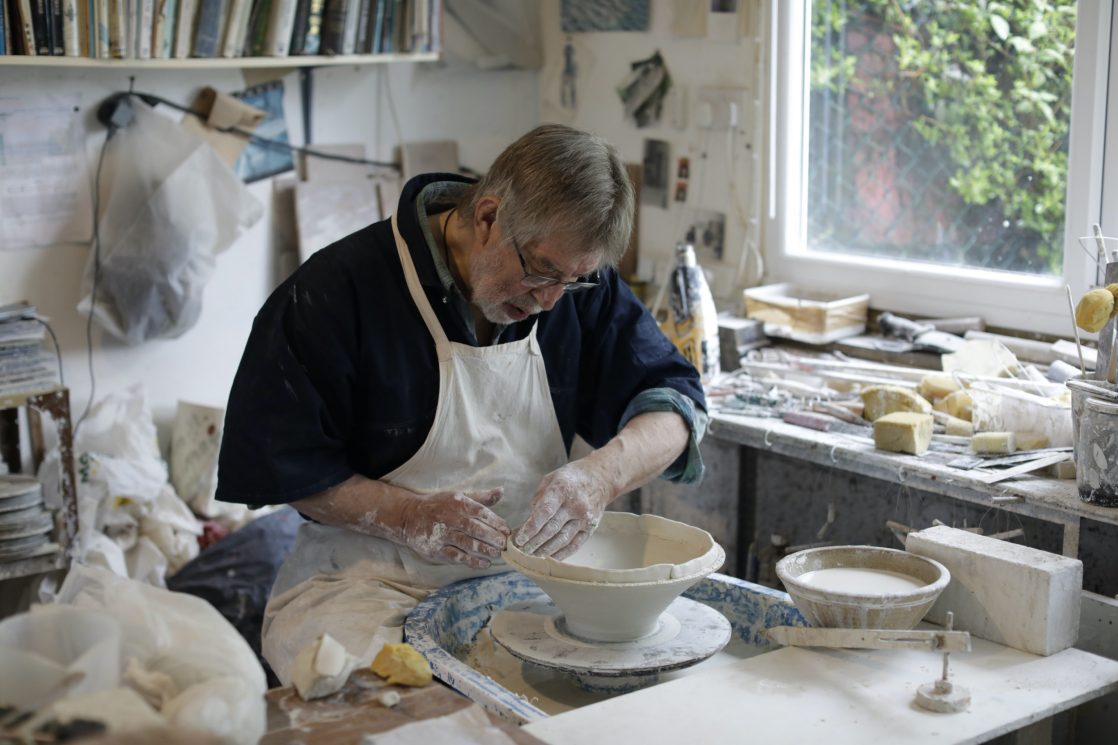
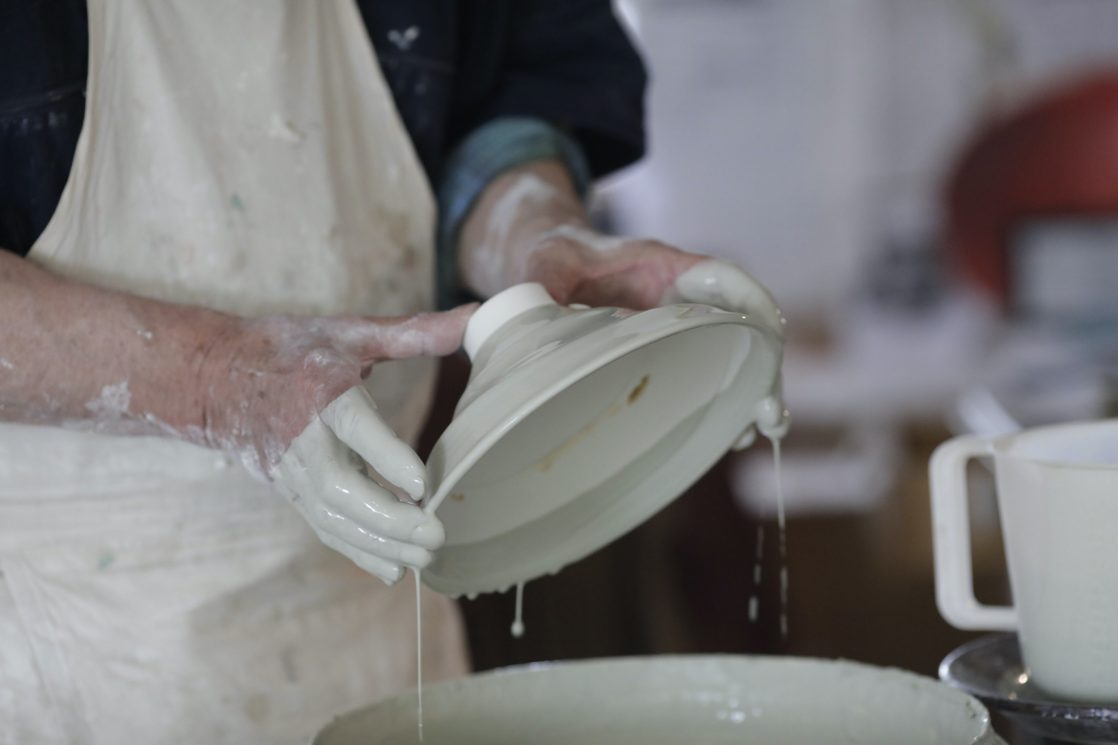
However, after a few years of doing this, I became quite disillusioned and decided to change direction. To cut a long story short, my continuing interest in art and my completely self-taught hobby of making terrible pots and firing them in a crude cross-draught kiln in my back garden in Ealing gradually took over. I became obsessed when I lit my vacuum cleaner-powered oil burner and managed a six-foot flame in the simple firebox.
So, a change of direction beckoned, and my good fortune led me to being the last student that Mick Casson accepted onto the course at Harrow School of Art. I was lucky enough to have Wally Keeler, Colin Pearson and Russell Collins among my teachers. After Harrow, I returned home to Devon and built a large catenary-arched wood-firing kiln. I made bread crocks and cider jars and other domestic wares for 10 years, before rediscovering the sea nearby and changing direction again. I call it ‘evolution’.
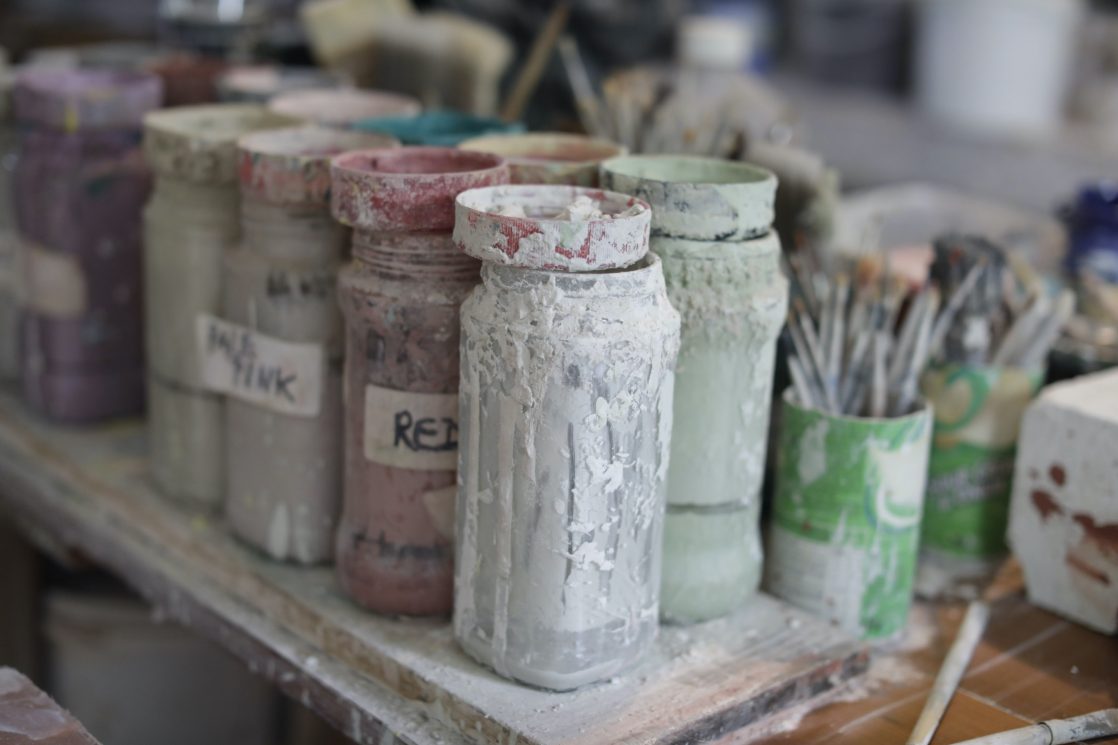
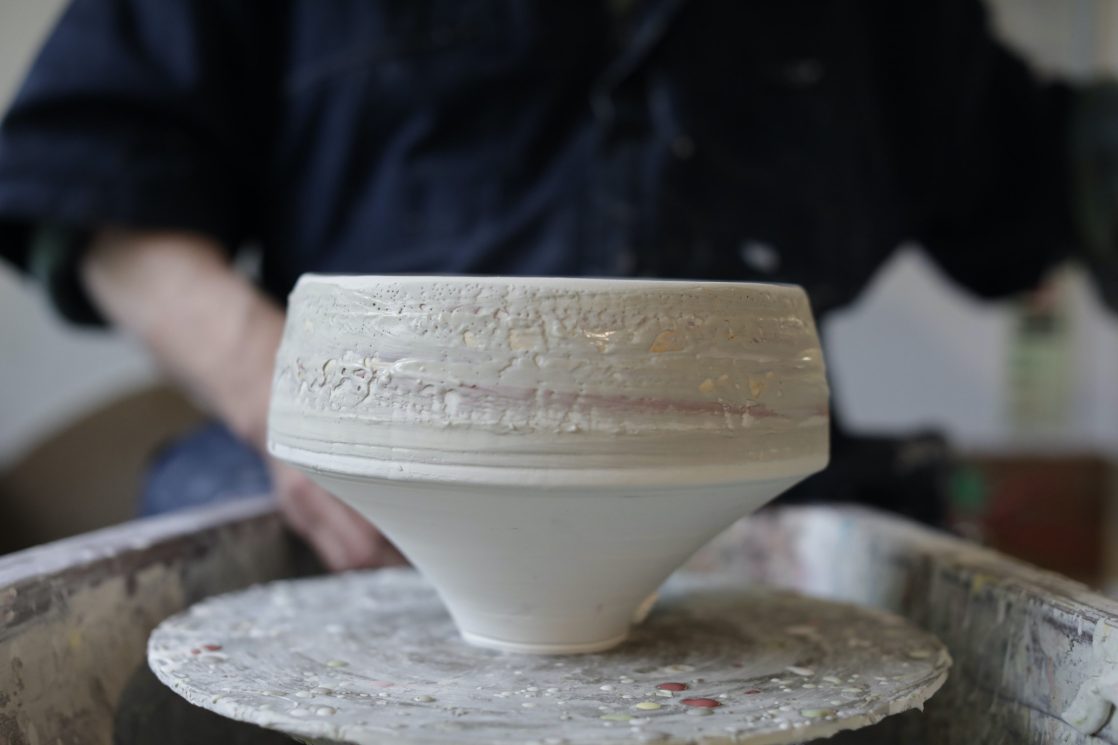
I started making pieces that included images of the life within the sea. I sold these through Bonhams international auctions and to American private clients who seem to love this quite decorative work. Then, after many years, I finally settled on my current background inspiration – namely the sea and the coastline itself.
So, as opposed to demonstrating a single piece through from start to finish as other Masterclass articles have done so well, I am choosing here to show a few techniques and procedures that are derived from observations and moments when visiting the coast near my home. These result in various forms, which are often altered after the throwing, i.e., by folding, spiralling, adding brushed glazes, and applying them to my work on a few different pieces.
I should say here that when I first started at Harrow, Colin Pearson taught me to once-fire my work. I have never bisque-fired a single piece since and the steps shown here are all explained in that context.
For more details visit rogercockramceramics.co.uk
All photography by Layton Thompson
